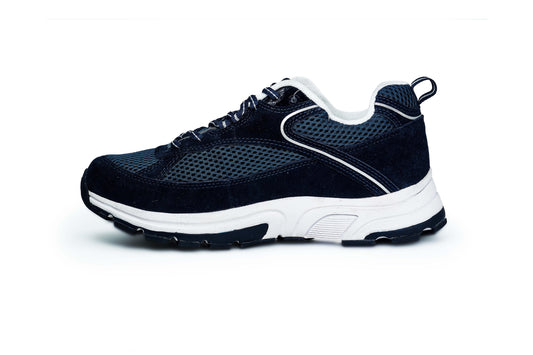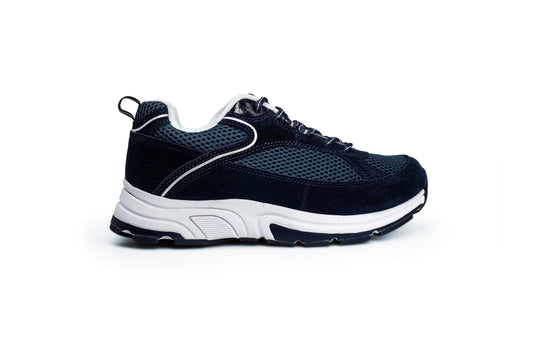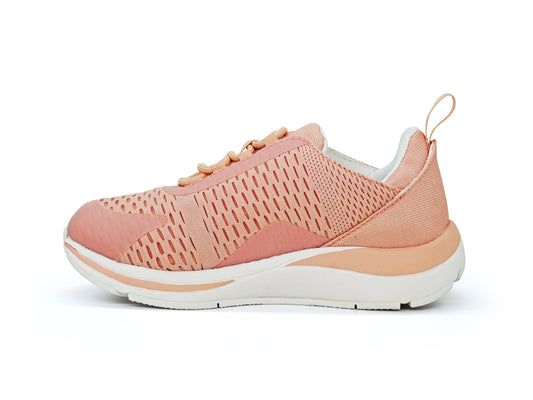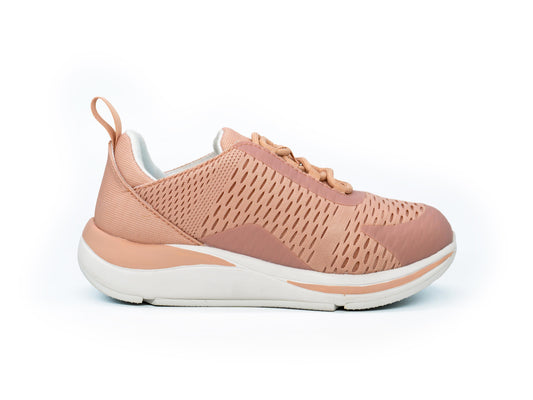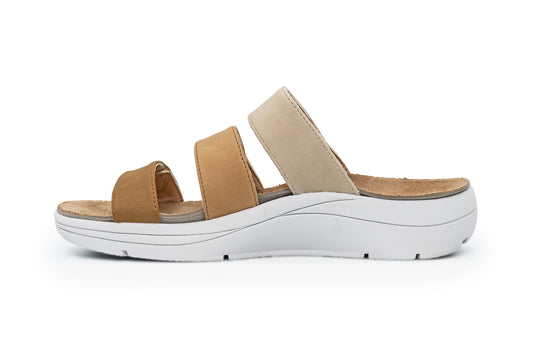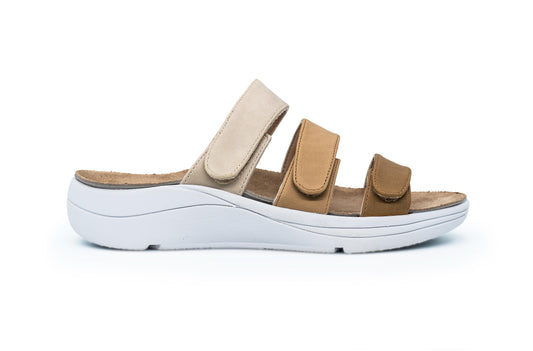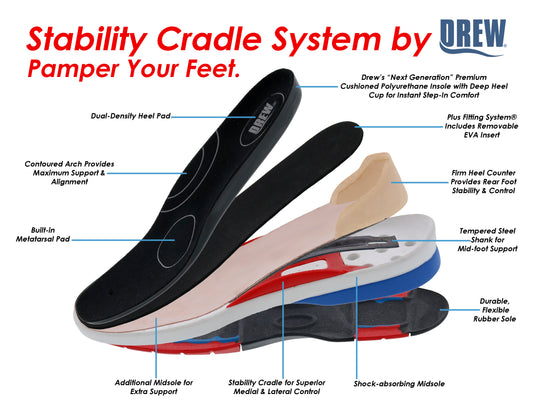HOW WEATHER AFFECTS FOOT HEALTH: TIPS FOR SEASONAL FOOT CARE
Our feet are usually treated as the least cared about part of our body. However, they are necessary for keeping us mobile and active. Environmental factors, such as weather, can greatly impact one's foot health. While the cold of winter can be harsh, the summer heat can be scorching hot, and these different conditions can give rise to a variety of problems in the feet, ranging from blisters to frostbite. Understanding how the seasons affect foot health can help individuals take proactive steps to protect their feet throughout the year. In this article, we will explore how weather impacts foot health and provide tips for seasonal foot care.
Winter or dry conditions:
Winter may see a drop in temperature, and the dryness in the air can be quite harmful to our feet. It is said that cold temperatures may have an effect on circulation in our feet as well as moisture in the skin.
Dry, Cracked Skin: Cold air has no water content, which makes skin dry. This may make the heels crack, resulting in rough patches, and even painful fissures. Dry skin gets flaky and irritated. It is more prone to infection. Dryness also makes the skin more vulnerable to blisters and calluses. If you don't take preventive steps, cracked skin on the feet can be painful and troublesome.
Poor Circulation: Cold weather makes blood vessels constrict and reduces the flow of circulation in the extremities such as feet. Poor circulation can cause numbness and cold feet; it may also result in a feeling of lack of warmth. In people with conditions like diabetes or peripheral artery disease (PAD), poor circulation can lead to more severe problems such as ulcers and delayed wound healing.
Frostbite: Extreme cold, especially when exposed to wet conditions of the feet, may result in frostbite. Frostbite is a condition where skin and other tissue freeze due to excessive exposure to freezing temperatures for extended periods. It might damage the skin and tissues permanently and lead to amputation in extreme cases.
Winter Foot Care Tips:
Moisturize: Using a rich foot cream or lotion helps to combat dryness. Pay special attention to your heels, as they are very prone to cracking.
Footwear: Wear insulated and waterproof shoes or boots during the cold and wet weather. Keep your shoes or boots well-ventilated to avoid moisture buildup; this leads to fungal infection.
Layer Socks: Layer wool or moisture-wicking socks over the lower half of the body for warmth and moisture-wicking purposes. Steer clear of wearing cotton socks as it traps moisture in them, leaving your feet damp and cold.
Keep Feet Dry: Thoroughly dry your feet, paying specific attention to the area between the toes, to prevent fungal infections like athlete's foot. Utilize foot powders for drying your feet if they feel wet and sweaty.
Warm up the feet slowly: In case your feet are cold, avoid sudden exposure to heat sources such as heaters or hot water since it may lead to skin burns. Warm them gradually to avoid shocking the skin and tissues.
Spring weather is a little bit of everything: hot and cold days. This season can be quite challenging for your feet because they have to adjust from being covered in warm socks and heavy shoes to sandals and lightweight shoes. This can be the cause of some common issues in your feet due to changing weather.
Moisture and Fungal Infections: The warm season with high volumes of rainfall results in a mostly wet spring season. If your feet stay wet, moist conditions favor the breeding grounds of fungi. This causes disease conditions like athlete's foot, fungal infections of the toes, etc. Wet periods are due to the wet conditions when walking into puddles or outdoor periods.
Foot Odor: With the temperature rise, sweat production occurs, and this may lead to foot odor. Bacteria thrive in moist environments with warm temperatures, so smelly feet will likely be experienced.
Spring Foot Care Tips
Dry Feet: Once exposed to wet conditions, ensure that your feet are completely dry. Use anti-fungal powders or sprays to prevent infections.
Ventilated Footwear: Use shoes that allow air to pass around your feet. These can be breathable sneakers or open-toe sandals. This helps prevent the accumulation of moisture thereby reducing foot odor.
Switch Shoes Regularly: Give your shoes a chance to dry out between wears to prevent bacteria and fungi from growing inside them.
Summer: heat and sweating
Summer has its own set of problems for the feet. As temperatures rise and sweating increases, foot problems related to heat and humidity can become commonplace.
Swollen Feet: Swelling may result from the opening of the blood vessels in the lower limbs due to high temperatures. Swelling causes discomfort, and if clothes are fitted, this would lead to tight shoes, while on the other end, blistering could arise. During summer, most people, especially those having medical conditions like diabetes or heart disease, are at high risk of swelling of feet and ankles.
Blisters: The increased heat can cause sweat in the feet, which consequently causes friction inside the shoes. This friction can lead to blisters, especially in new shoes or sandals. Blisters are mostly common when feet rub against tight shoes or sandals lacking proper support.
Sunburn and Tanning: Direct sunlight may burn your feet' areas, usually covered by cloth such as the top and toe parts of your feet. Sun exposure over a period can lead to severe damage to skin tissues, eventually leading to skin cancer.
Fungal Infections: The warm temperatures during summer create an ideal setting for fungal infections, such as athlete's foot. Fungi thrive in sweaty shoes and cause itchy skin with peeling and redness if the feet remain wet all day.
Summer Foot Care Tips:
Light, breathable shoes are ideal for summer. One should prefer sandals, open-toed shoes, or even breathable sneakers that keep your feet cool and dry. Tight shoes should be avoided since they can trap sweat and heat.
Wear Sunscreen: Always lather on sunscreen to your exposed toes and between the little fleshy gaps behind your toes when walking or walking barefoot during sandal season.
Drink up: Hydrate. Fluid intake will aid your body in reducing foot puffiness from heat exposure
Immersion and Elevation: When swelling occurs, consider soaking your feet in an ice bath. Keep feet elevated to improve blood circulation which tends to decrease puffiness.
Take the Next Step Towards Comfort and Care
Discover the perfect balance of support, style, and expert guidance for your feet. Explore our collection of orthopedic and diabetic shoes designed to keep you moving with ease.
Start your journey to happy, healthy feet today!
Visit us at DiabeticShoe for more tips, insights, and footwear solutions.
Stay Connected:
Follow us on Facebook, Instagram, YouTube, LinkedIn, Twitter, Pinterest, and Quora for updates, advice, and more informative content.

